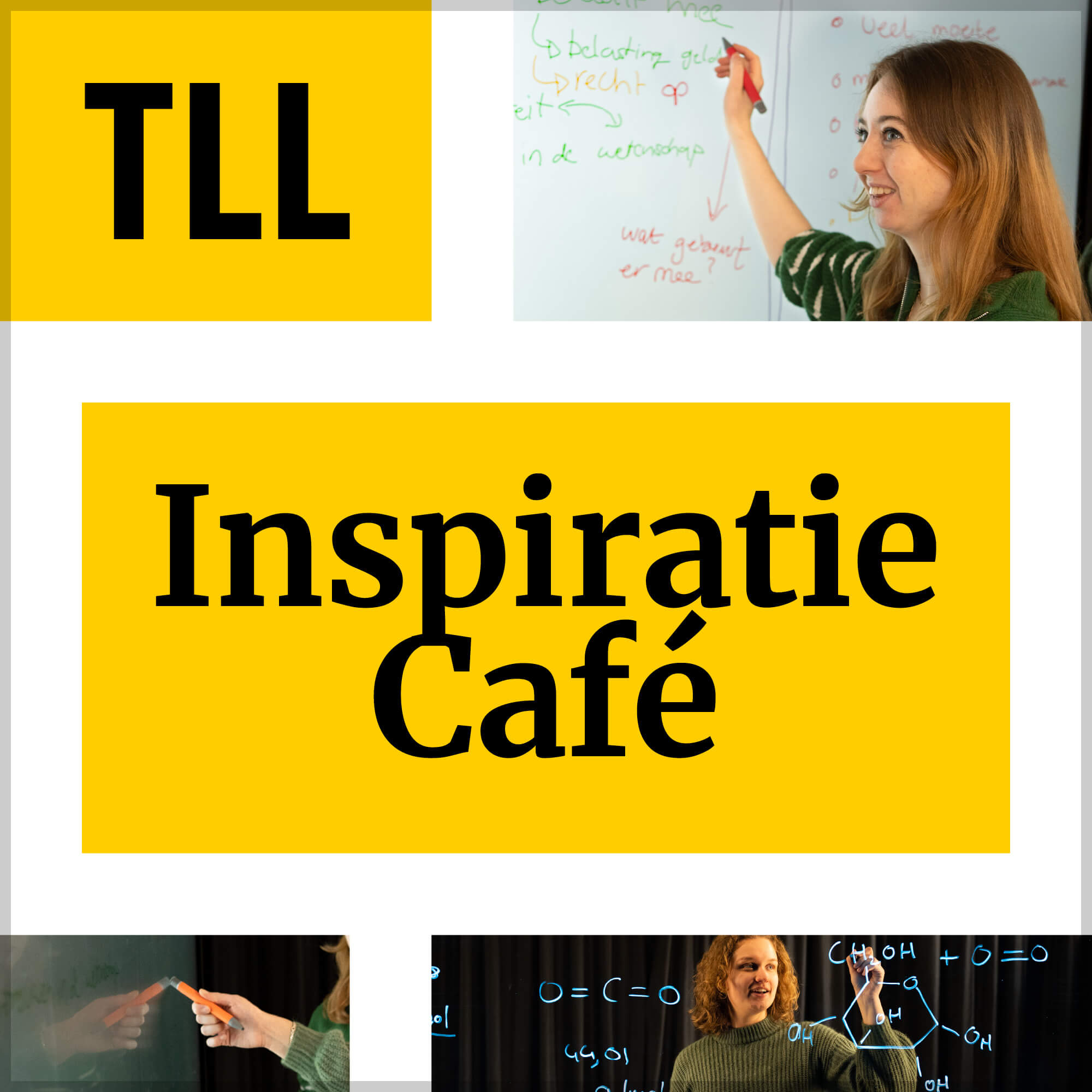News
Looking back on the Inspiration Cafe – Eye Tracking
The last Inspiration café was hosted by assistant professor Anna Shvarts, on the theme of eye-tracking. This café discussed the ins and outs of eye tracking technology and its versatile application in research, which are of particular interest to educational research. For about ten years, Anna has been involved in eye tracking research with its potential having grown quite a lot in this timeframe. The café revealed interesting data on eye tracking, with the opportunity to experience eye tracking research first hand.
Eye tracking methods
Eye movement can be measured with various degrees of accuracy. The accuracy depends on the method used to track eye movement and is correlated with the freedom of movement. High speed machines are able to give very accurate results but requires the head to be fixated, while eye tracking glasses are somewhat less accurate but allows for free head and body movement. Eye tracking glasses are particularly interesting for psychological and educational research as it can measure natural behaviour along with eye movement.
Findings in eye-tracking research
Eye-tracking technology has, for example, been used before in a study on the eye movements during a lecture about dinosaurs (F.Y. Yang et al., 2013). This study revealed a difference in eye movement behaviour between novices and experts, where experts attend text zones more then novices and that experts focus on more important zones of graphics. Additionally, in research Anna has contributed to herself, novice psychology students and expert graduated mathematics students are handed mathematical tasks to solve and are provided with two kinds of hints (Krichevets, 2014). Here, the novice students focus on visual hints while experts focus on the formal hints.

The difference in the eye movement between novices and experts reveals that eye movement differs based on factors such as prior knowledge. This conclusion can be of great importance to future research, and can benefit adjustments to educational settings with content being adjusted to entry level.
Trying out the eye-trackers
Utrecht University is in the possession of head-mounted eye-trackers that could be tested during the Inspiration café. They have markers for tracking a gaze on a surface by using two world cameras and 30-200 Hz eye-cameras. When presented a large schematic, these eye-trackers managed to follow the wearer’s gaze with a small dot as it moved across the screen. After the measurements were completed, we gained insight in the full movement the eyes made. This provides a very interesting take on how the schematic was read, and on how this technology could give an unique peek in the perception of educational material.
The future of eye-tracking in education
Currently, eye-tracking technology it is mostly used for data collection rather than in a learning environment. There are many possible uses in education specifically, including the testing of teaching materials, understanding students’ learning strategies, and adapting learning materials on the spot. The overall message of the Inspiration café is that the possibilities to use eye-tracking technology are endless, and that it is up to us to find innovative ways to make great use of this multifunctional tool.
Are you interested in learning more about eye-tracking technology? Get in contact with Anna Shvarts via email.
Author: Tamara Schoonderbeek, masterstudent Science Education and Communication at Utrecht University
Yang, F. Y., Chang, C. Y., Chien, W. R., Chien, Y. T., & Tseng, Y. H. (2013). Tracking learners’ visual attention during a multimedia presentation in a real classroom. Computers & Education, 62, 208-220.
Krichevets, A. N., Shvarts, A. Y., & Chumachenko, D. V. (2014). Perceptual action of novices and experts in operating visual representations of a mathematical concept. Психология. Журнал Высшей школы экономики, 11(3), 55-78.

